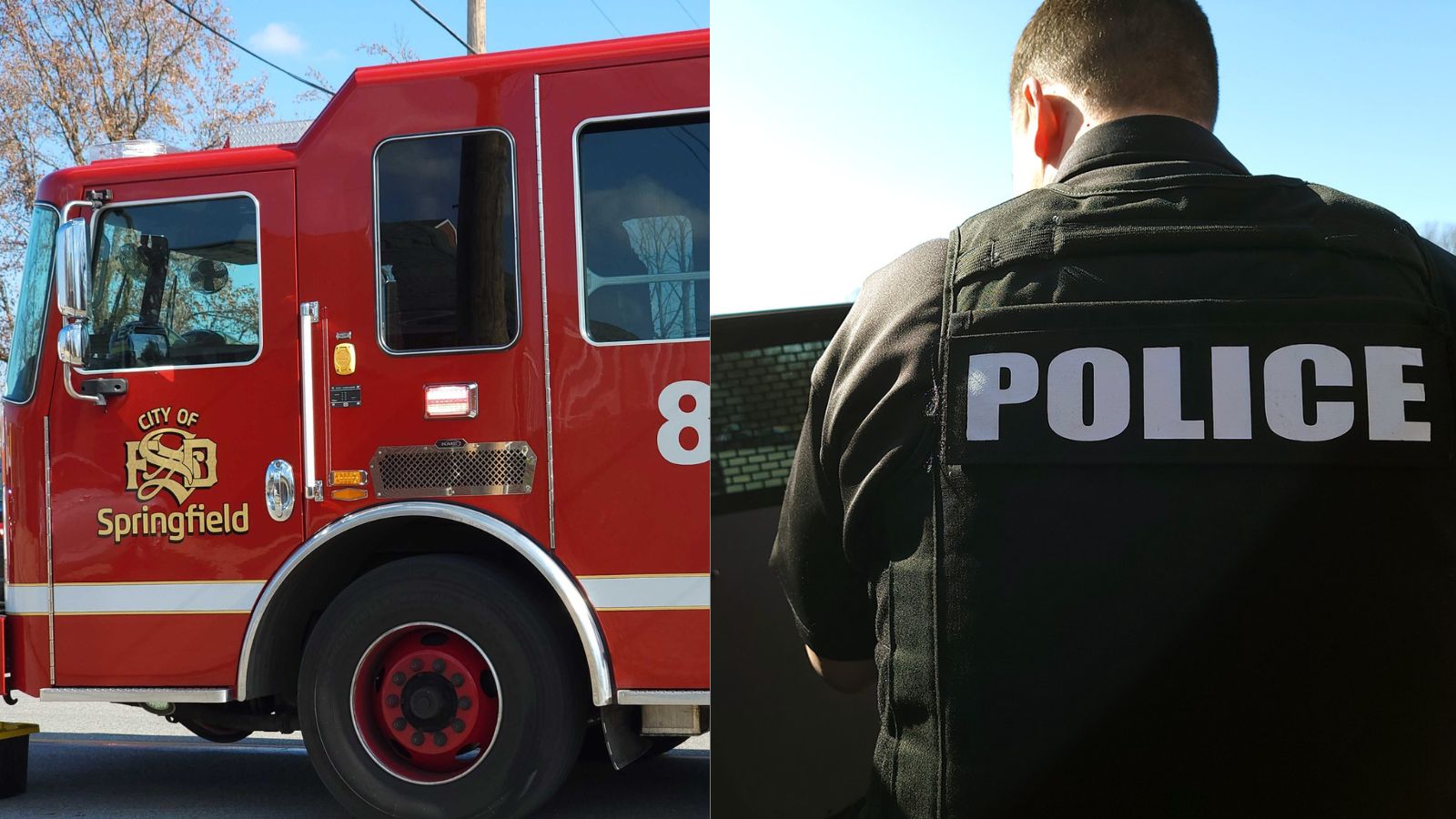A sales tax measure on its way to appearing on Springfield's November ballot seems likely to have a sunset on a portion of it.
In its second-to-last meeting on June 11, the Citizens’ Commission on Community Investment settled on the structure of a tax measure to replace Springfield’s ¾-cent Pension Sales Tax, with a majority of members agreeing to a ballot initiative that, if approved by voters, would divvy up a new ¾-cent tax between different purposes for different periods of time.
Under the structure approved on June 11, ¼-cent of the tax would be earmarked for public safety initiatives and the City of Springfield’s obligations to the Police-Fire Pension Fund, with the remaining ½-cent of the tax for projects and programs identified through public input and other considerations, including guidelines suggested by commission members.
No sunset on funding for police, fire departments
The ¼-cent portion, which would initially amount to about $15 million annually, would remain in place in perpetuity in order to allow the city to offer more competitive salaries for police officers and firefighters. Revenues initially paid to the pension — at $4 million to $6 million a year — would eventually be rolled into public safety projects once the retirement system is fully funded.
While the commission showed some concern with providing more money to police, and a minority of members preferred for the permanent portion of the tax to be set at ⅛-cent, a majority voted in favor of dedicating ¼-cent for public safety.
“If we're putting that funding into things like housing and ending homelessness and providing services that reduce crime rates by making people not need to do things that are against the law, we won't need to keep putting more and more money into desperately trying to find folks who want to come here and work for the police department, we can put money into preventing the need to just find funding all over the place for policing,” commission member Alice Barber said.

While the ¼-cent would be dedicated to the police and fire departments, Springfield City Manager Jason Gage encouraged the commission to not exclude public safety from the ½-cent portion of the tax, emphasizing that additional funding would be needed for equipment and infrastructure needs.
“I think you need to leave that open to give Council flexibility,” Gage said. “If they need to use that to build a fire station, they can do that.”
‘SPRING' Forward SGF on 10-year sunset
The commission decided the ½-cent portion of the tax, which would generate about $30 million a year, should have a 10-year sunset — at which time Springfield voters could elect to renew it — after a near-even split vote between 8 years, 10 years and 20 years. The commissioners' opinions varied on how to balance specificity and flexibility in the tax measure.
Commission member Jeff Schrag repeatedly made reference to the MAPS capital improvement program in Oklahoma City — which is funded through a temporary, 1-cent sales tax — in advocating for specificity in the ordinance and flexibility in the ballot language.
Matthew Simpson, one of two city councilmembers on the commission, cautioned against having too little detail in the ballot language. Simpson suggested some specificity, at least in terms of categories, is needed to provide transparency to voters and bind future city councils.
Many of the projects funded through the tax would be decided through a “matrix” of considerations, including public input provided through the “Completed As Promised” (CAP) model, which the city currently uses for the ⅛-cent Transportation Sales Tax and ¼-cent Capital Improvement Sales Tax.
Under the CAP model, the city would solicit input from residents every four to five years, which would then be used, alongside other considerations, to create a list of projects and programs.
More work to be done at the citizens commission level?
Commission member Rusty Worley suggested that the commission, or a version of it, be continued to oversee how the tax revenues are spent, similar to the Police Officers’ and Firefighters’ Retirement System Board of Trustees, which manages the pension fund.
“There's several things outlined in Forward SGF we haven't been able to really dig into,” Worley said. “So if there was a similar group to the police-fire pension… to advise Council and make recommendations using Forward SGF as the barometer, their benchmark, they could advance those projects. That would allow a healthy discussion for Council’s consideration.”
The commission also previewed a potential public education campaign dubbed “SPRING Forward SGF,” with “SPRING” serving as an acronym for “Safety, Public Initiatives, Recreation and Investing in the Next Generation,” which would encompass the ½-cent portion of the tax.
In its final meeting on June 25, the commission will wrap up its recommendations and report for the City Council. The commission’s proposal will be presented to the City Council on July 2, leaving council members just less than two months to decide on a tax measure in order to place it on the November 2024 ballot.

